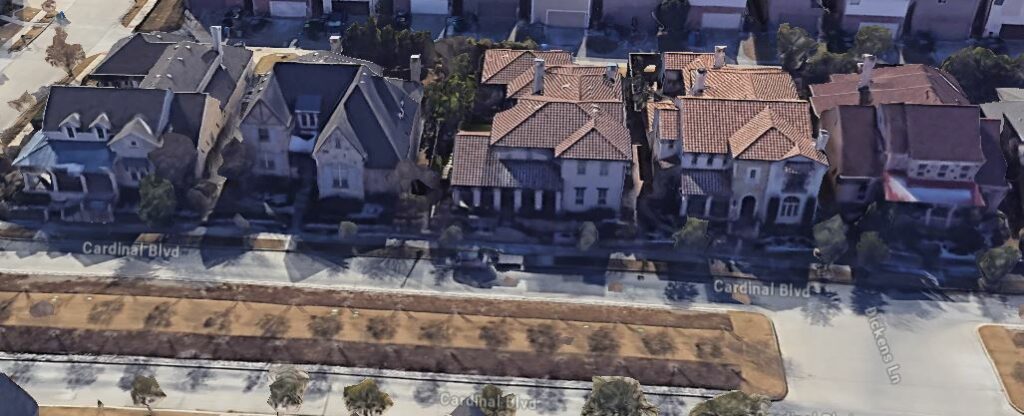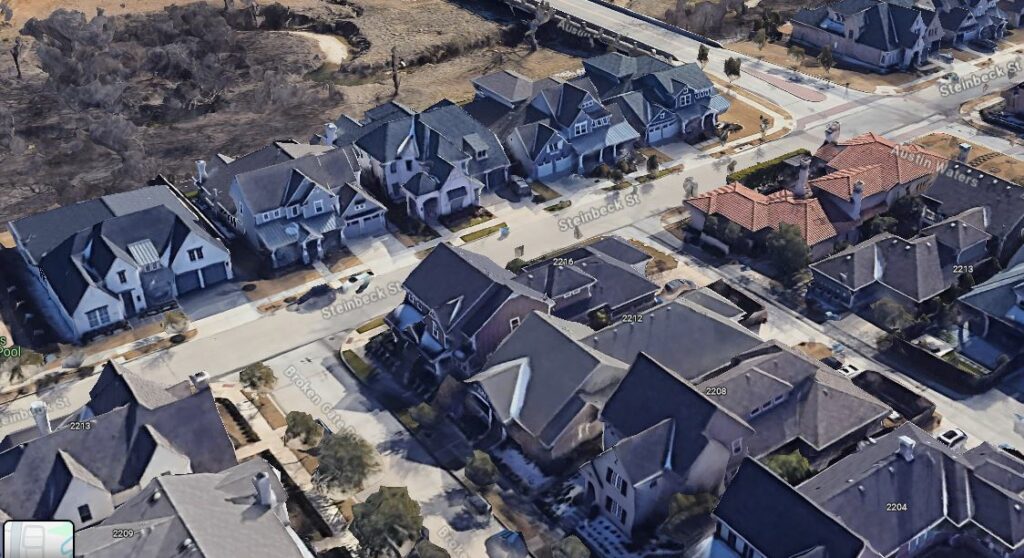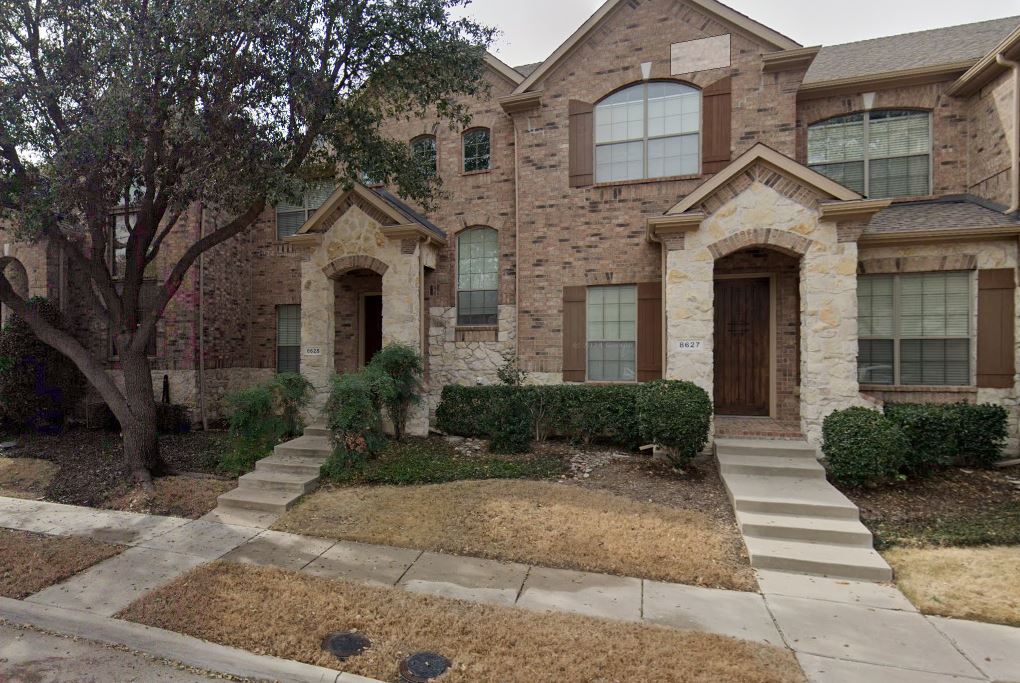Longtime Readers know well that I am a huge, unabashed fan of the venerable lever-action rifle, often called the “prairie assault rifle” because of its history in the settlement of the West, its ease of shooting and handling, and because of its capacious (for the time) magazine capacity. Here’s a Marlin 336 in .30-30:

…which as we all know, is a gun I think should be given to all freshly-naturalized citizens immediately after the swearing-in ceremony, courtesy of the U.S. Government.
However, someone in some Marketing Department somewhere decided that the Marlin needed a facelift, and came up with this concept:

…adding to its capacity, so to speak, and lightening the thing by carving out holes in its (plastic!) stock to make up for all the weight added by the extra cartridges (I guess).
Well you know, I don’t have too much of a problem with the above modifications, other than the fact that they make for a truly fugly weapon, and are completely unnecessary in every sense of the word. (I do make an exception for the red-dot sight device, because I can’t see the front sight anymore and I’m sure there are a bunch of Olde Pharttes in precisely my predicament — said Olde Pharttes being, I guess, the principal target market for such “improvements”.)
The problem is that as much as they want to make the lever-action rifle more resemble a modern semi-automatic rifle of the AR-15 genre, there’s no point because the AR-15 is a semi-automatic with a detachable magazine while the lever action is, well, not.
So then, assuming that you do want a handy semi-automatic rifle but you want to keep the spirit of the lever gun (light, handy, large-capacity magazine etc.), then allow me to suggest an alternative to the Frankenlever thing above:

Yes, it’s the equally-venerable M1 Carbine, made in the several millions, killed probably far more Nazis/Commies than the lever rifle killed Indians, and is the spiritual descendant of the lever rifle. And if you want, you can add a red-dot sight to the M1 as well, using an Ultimak mount:

See? I’ll bet that given the choice, the early settlers would have been quite happy with them — and you won’t have to mess around with loading round after round into a lever rifle either (and both Oliver Winchester and John Moses Browning can stop that dreadful grave-spinning, as a bonus).























